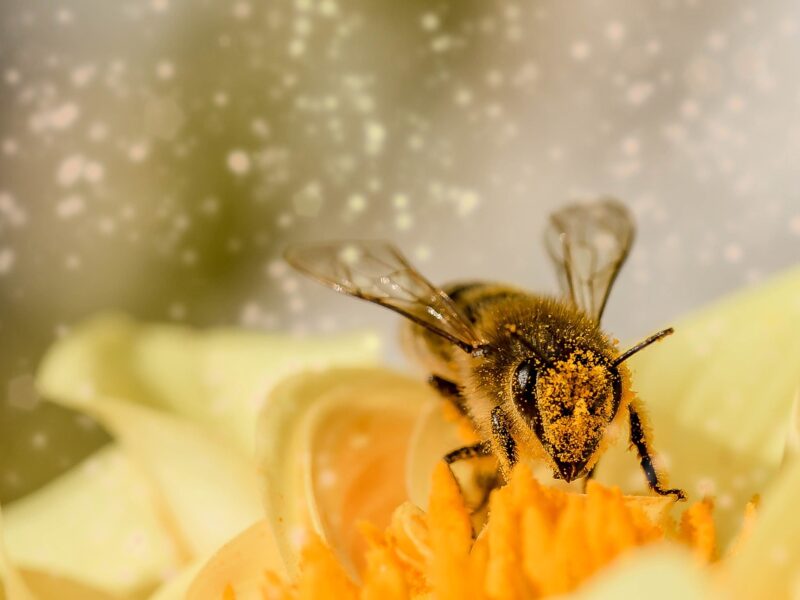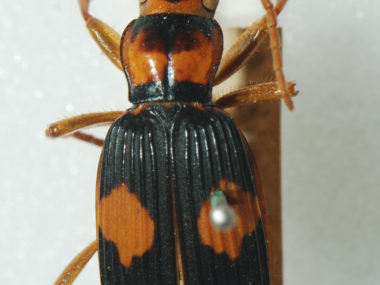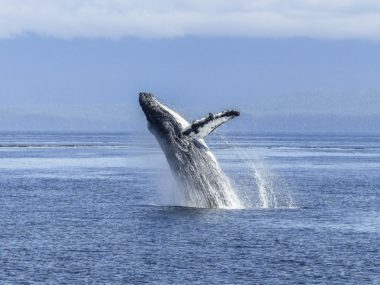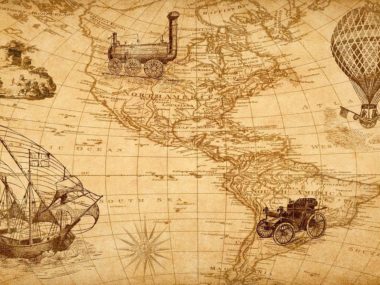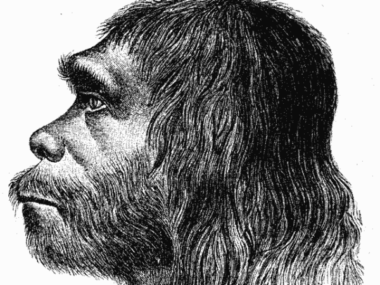God is not only good (e.g. Psa. 34:8 and Luke 18:19),1 He does good by doing things for the benefit of others (e.g. I Chr. 17:26 and James 1:17).2 Part of that goodness is providing what is needed by those things that are made (something we will examine more closely in Chapters 7 and 8), but God’s goodness goes much farther than that. He also provides ‘abundance in all things’ (Deu. 28:47; Job 36:26-31) beyond what is needed. He does not just provide life, for example, He provides life ‘more abundantly’ (John 10:10). In fact, He wishes to overwhelm us with His abundant heart (e.g. Mal. 3:10), and is able to do ‘exceedingly abundantly’ beyond anything we can imagine (Eph. 3:20).
The following article is a from Devotional Biology: Learning to Worship the Creator of Organisms, Chapter 5.1, pgs. 505-508. The views expressed in this article reflect those of the author, and not necessarily those of New Creation.
Biological Cooperation
God could have provided everything organisms need to survive through a type of balanced war. If all organisms fought for survival and were apportioned with a perfect balance of power, it is theoretically possible that the system could operate indefinitely. This is something like the balance of opposing powers that the founding fathers established for the U.S. government, hoping this balance would allow the United States to persist indefinitely.
This same balanced war concept is how naturalism understands the biological world to work—all organisms fighting for survival against all other organisms. However, a good creator Who wishes to illustrate His goodness might well design the biological world in a state of mutual cooperation rather than conflict. In fact, it seems that the original creation was created just that way.
Symbiosis and Mutualism
Organisms interact in a variety of ways. Some interactions are fleeting and have little impact on either organism. Other interactions are long-term. Historically, a long-term interaction between two or more organisms is called a symbiosis (pl. symbioses). One type of symbiosis is called commensalism, where one organism is benefited and the other is neither harmed nor helped. Moss, for example, grows on the bark of trees. The moss is benefited by having access to sunlight without being covered by leaf litter on the forest floor. The tree, however, seems to be neither hurt nor helped in this process. When long term interaction brings a benefit to both organisms, the symbiosis is called a mutualism. Today researchers are discovering that many symbioses are mutualisms.
Faculative Mutualism

A symbiosis is a facultative mutualism when each organism is benefited by being with the other, but the two organisms can survive apart from each other. For example, sea anemones and anemone fish are in facultative mutualism. The anemone fish eats invertebrates that could potentially harm the sea anemone and the anemone feeds on the feces of the fish, but either species could survive without the other.
Obligate Mutualism
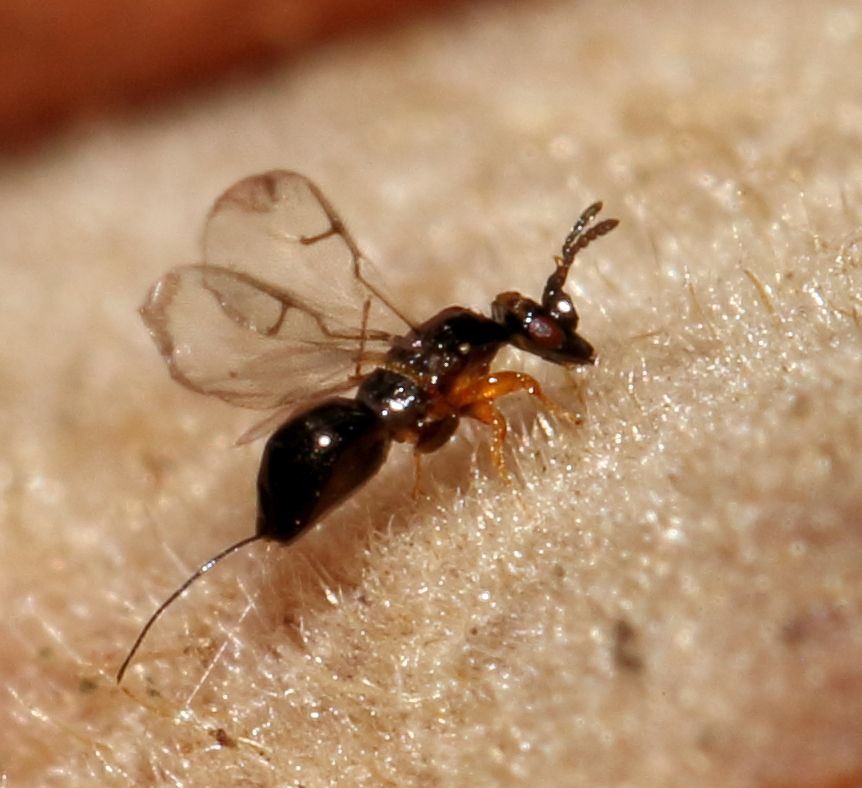
A mutualism is an obligate mutualism when each organism not only benefits from the relationship, but also cannot exist without the other. Flowering plants produce colorful, aromatic flowers, each one containing a small amount of nectar. Pollinators (e.g. bees, butterflies, hummingbirds) are attracted to the flowers and go from one flower to another, collecting nectar. In the process, pollinators carry pollen from one flower to another, thereby pollinating the flowers. Many of the pollinators would not be able to survive without the nectar they collect from flowers, and many flowers would be unable to reproduce without the pollinators. Examples of obligate mutualisms between species pairs would include yucca plants and yucca moths, figs and fig wasps, and acacias and acacia ants.
In the case of animals interacting with the plants they eat, it first appears that these relationships are only benefiting the animals. Upon closer inspection, both can be benefited—at least in some way. Most fruits are designed with good taste and bright colors in order to encourage animals to eat them. Fruits have seeds designed to survive the digestive system of the animal. In this manner, seeds are carried away from the plant and even deposited in nutrient-rich feces.
Most nuts are designed with a hard shell on the outside to allow for long-term storage and even require burial to soften them enough to eat. This encourages animals to bury the nuts for later consumption. If, in the process, not all the nuts are consumed, the plants have effectively used the animals to ‘plant’ their seeds! In grasslands, most of the plants store most of their food supplies below ground, protecting the plants from the grass fires that are so frequent on the dry grasslands. Although cropping (being cut or chewed off above ground) damages the plant, it is a relatively small percentage of the plant and the cropping actually stimulates the plant to grow. Furthermore, most grasses are benefited by the feces and ground disturbances caused by grazing animals. In general, producers survive because they create and store enough food for themselves and for the animals that eat them. Producers over-produce for the benefit of the entire community.
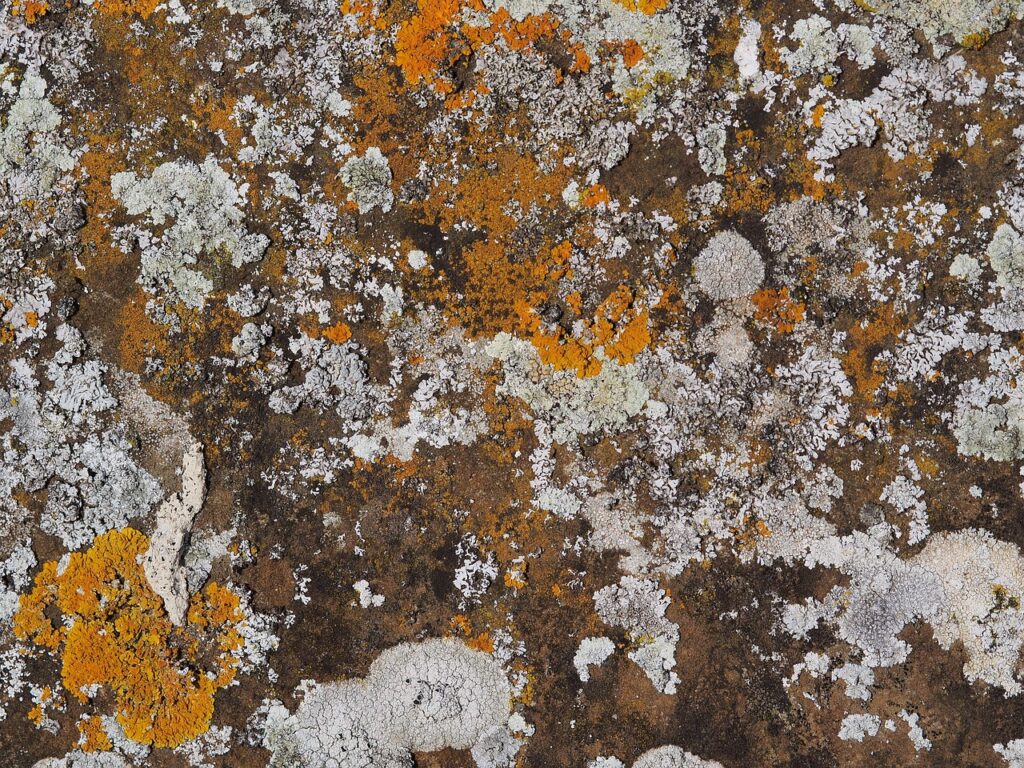
Perhaps the most impressive examples of mutualism are those where the two species are in such a close mutualism that they seem to function as a single organism and look unlike either of the species of which they are composed. A lichen, for example, usually consists of two very different organisms, in close relationship—a fungus which has a remarkable capacity for absorbing water from the environment but not able to produce its own food, and a photosynthetic bacterium or alga which can produce its own food from sunlight but must live in a watery environment. The fungus surrounds the bacterium or alga, protecting it and providing the water it needs to thrive, and the bacterium or alga generates food from sunlight to feed both itself and the fungus. The two species produce such unique forms when combined that a lichen often looks different from both the fungus and the alga or bacterium from which is formed. They look so different, in fact, that thousands of species of lichens are classified separately from fungi, photosynthetic bacteria, and algae.
In contrast, other examples of symbiosis involve a readily recognized species interacting with a much smaller, even microscopic, species. In most of these cases the larger species was classified and studied for a long time as if it were the only species. Only more recently have we come to recognize mutualistic relationships with much smaller species.
For example, in many cases a mutualism exists between plants and microscopic mycorrhizal fungi. The mycorrhizal fungus is located in the soil and interacts with plant roots. The plant is able to deliver nutrients to the fungus from photosynthesis that occurs in its leaves, and the fungus provides the plant with more water and soil nutrients than the plant could absorb by itself. We suspect that many of these special fungi may also protect the plant from disease and dangerous chemicals.
Another type of mutualism between plants and microscopic organisms is found in legumes (such as beans and peas). Nitrogen-fixing bacteria enter into mutualism with legume roots. As in the case of mycorrhizal fungi, the plant ‘feeds’ the microorganism. In return, the nitrogen-fixing bacteria take nitrogen from the air and convert it into a nitrogen-rich fertilizer for the plants.
Further examples of mutualisms are found between animals and algae. For example, many corals are in mutualism with dinoflagellates (a type of photosynthetic algae). The animals protect the dinoflagellates and the dinoflagellates provide the animals with food when food is lacking in the environment. This relationship is why coral reefs tend to grow upwards towards the light at the ocean surface even though animals make up most of the structure.
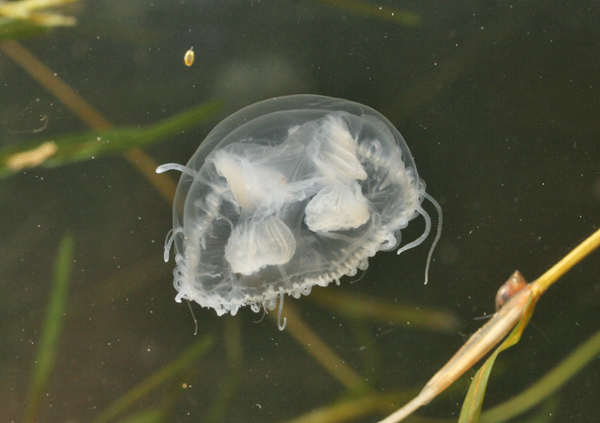
Another interesting example is the mutualism between an alga and one particular freshwater jellyfish. The jellyfish protects the alga and carries it towards sunlight. The alga provides food to the jellyfish by photosynthesis. Yet another example is the mutualism between an alga and spotted salamanders. The symbiosis between the two has been known for a long time, but recently the alga has been discovered within the cells of the salamander embryo. The evidence suggests that the algae are receiving carbon dioxide from the respiration of the embryo and the embryos are being provided with food from photosynthesis of the alga.
A common mutualism involves bacteria in the digestive systems of animals (commonly called gut flora). These bacteria thrive in the oxygen-free environment inside an animal and profit from a continual supply of food eaten by the animal. In return the animal is benefited because the bacteria help to break down food that the animal cannot digest. In many cases, bacteria also produce other nutrients the animal needs.
No animal, for example, can break down cellulose, the molecule that makes up most of the cell walls of plant cells and makes foods like lettuce and celery stiff and crunchy. It is intestinal and stomach bacteria that break down cellulose so that cows can digest grass, termites can get nutrients out of wood, and humans can digest the cellulose of vegetables. In fact, in the intestines of humans there is a diverse community of bacteria helping us with digestion. Some bacteria in the small intestine even produce vitamin B12 while other bacteria living in the large intestine produce vitamin K.
The more we learn about the biological world, the more tiny organisms we find inside the bodies of larger organisms. The human body, for example, has scores—probably hundreds—of species of microorganisms inhabiting it (many of them not in our intestines). The more we learn about those microorganisms the more we learn about the essential and beneficial roles they play within our bodies. It may well be that no large organism is just one species at all, but rather a community of organisms in complex mutualistic relationships. At the very least, mutualism is found everywhere in the biological world. Every community has multiple examples of these relationships and it is quite probable that every organism on the planet is in mutualistic relationship with at least one other organism.
The Origin of Mutualism
Mutualism is a challenge to naturalism. The closer the relationship between the two organisms and the more obligate is their mutualism, the more difficult it is to conceive of how the two organisms could have come into such a relationship in the first place. Even more problematic is the commonness and depth of mutualism. In the naturalistic worldview, the primary mechanism of biological change is thought to be natural selection. Natural selection involves the elimination of organisms in a struggle for survival. A world generated by natural selection is a world at war—every organism struggling for survival against other organisms. Every other organism is a competitor, a foe, an enemy. Interactions that provide benefits to both organisms should be relatively rare in such a world.
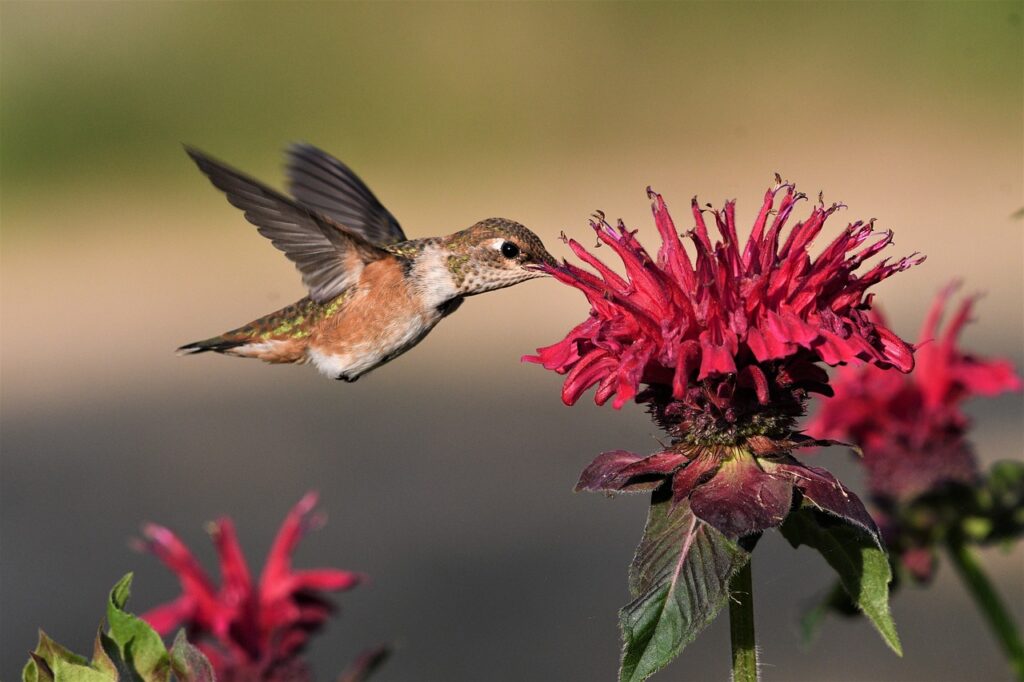
But such is not the case. The more we learn about the world, the more mutualisms we discover. They are common and everywhere in every kind of environment and every kind of organism. For each and every disease-causing bacterium and virus we discover, there are hundreds more that are in cooperative relationships. Virtually every plant may be in mutualism with mycorrhizal fungi. Virtually every animal may be in a symbiotic relationship with gut bacteria. Mutualism is also deep in the creation.
At the largest biological scale, oxygen rejected by plants is consumed by animals, and the carbon dioxide rejected by animals is consumed by plants. Every biological system is a mutualism formed by a host of organisms or cells, and biological systems are found at every biological scale. Mutualisms exist between multi-cellular organisms of similar size and every multi-cellular organism might actually be a community of mutualistic relationships between the multi-cellular creature and a host of microscopic organisms. This is not at all what would be expected in a naturalistic worldview. But it might well be expected of a world created by a good God.
“O give thanks to the Lord, for He is good; for His steadfast love endures for ever!”
Psa. 107:1, Revised Standard Version
Learn More About Mutualism
Footnotes
- Further references that God is good include Ex. 33:19, Ex. 34:6, Psa. 100:5, Psa. 106:1, Psa. 107:1, and Psa. 119:68. ↩︎
- Further references that God does good include Psa. 33:5, Psa. 84:11, Psa. 107:8-9,15,21,31, Psa. 119:68, Psa. 145:7 & 9, Zech. 9:17, Matt. 7:11, Acts 14:17, and Rom. 8:28. ↩︎

